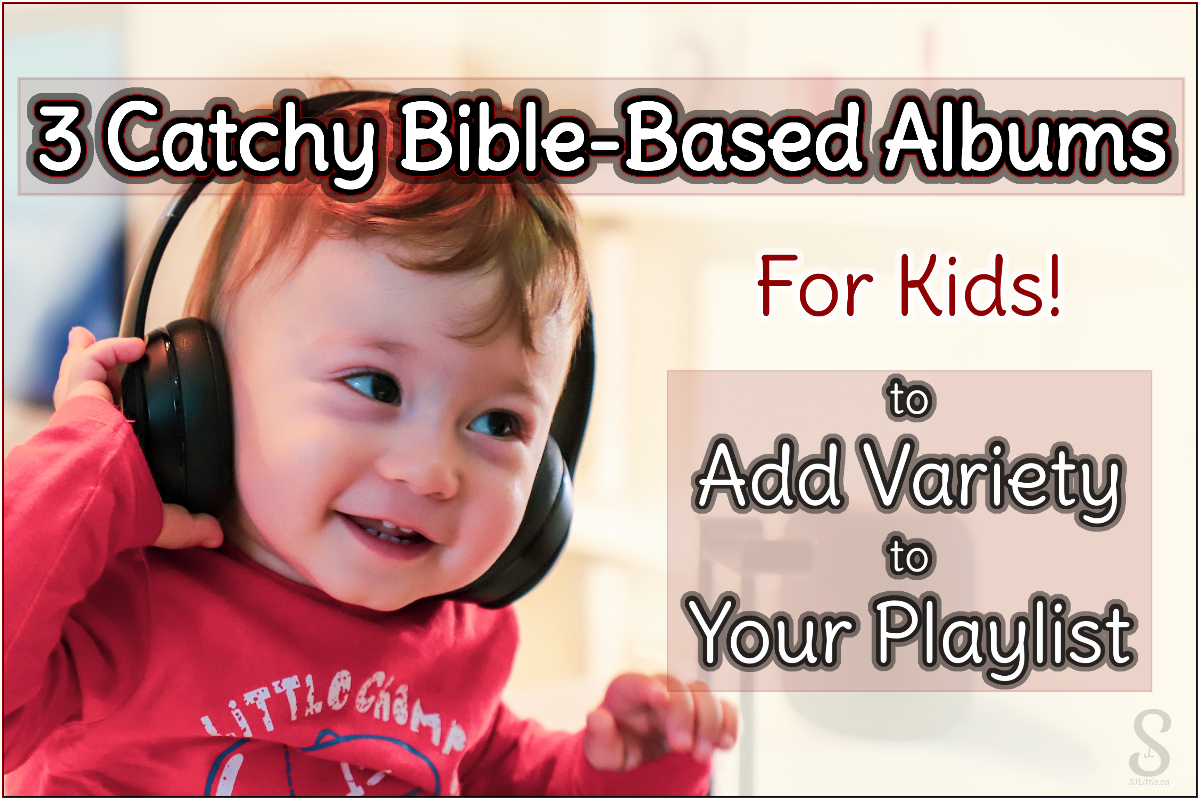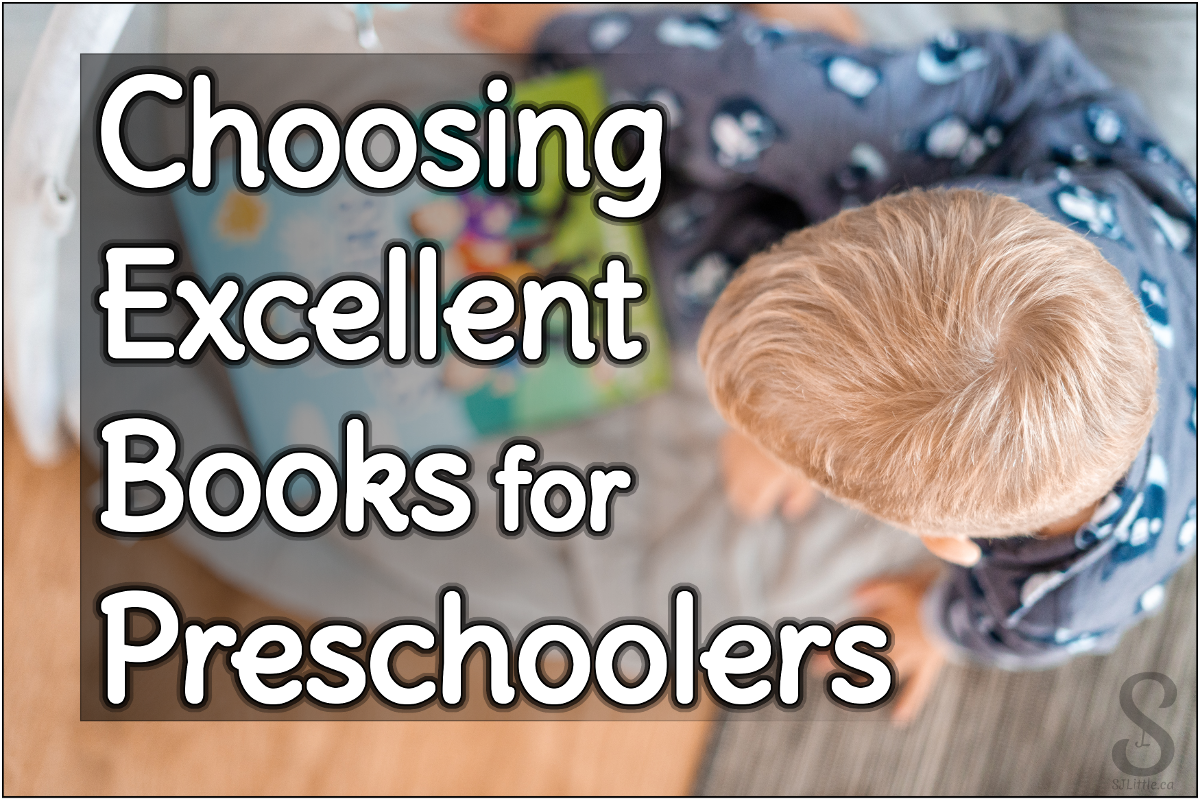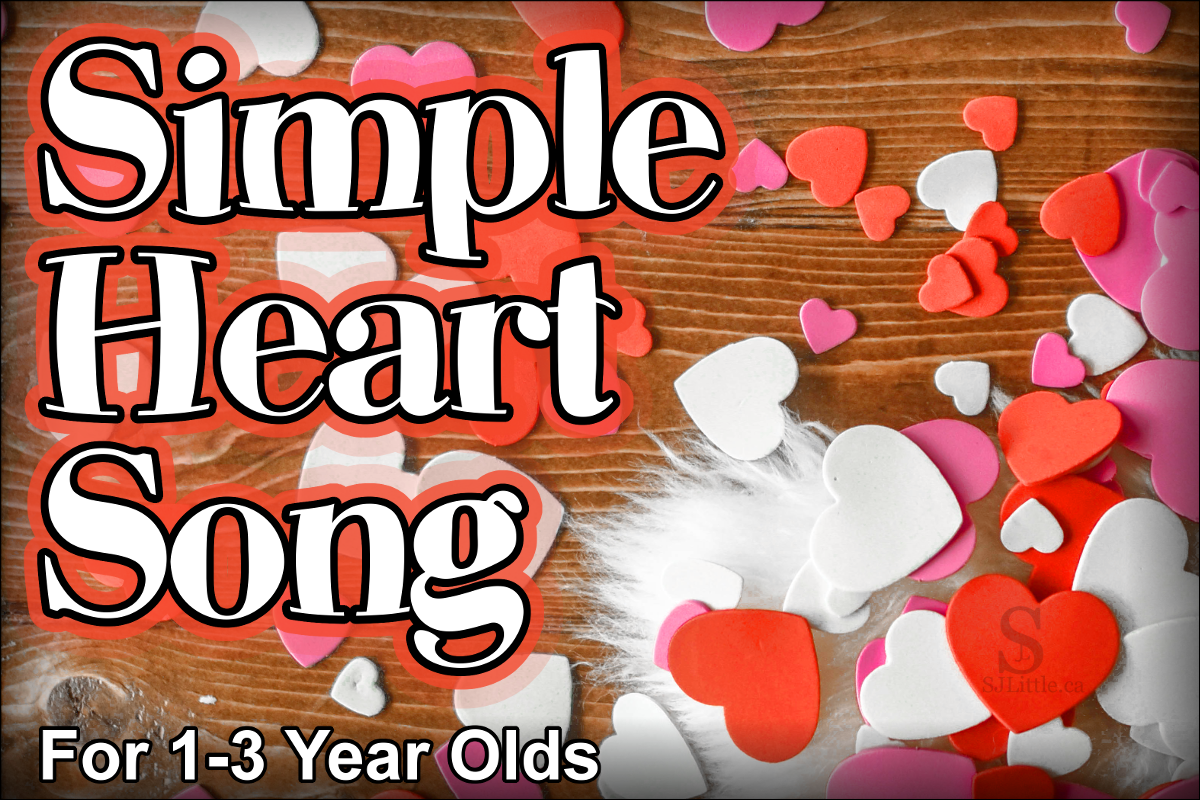
As a Christian, I believe prayer is valuable and makes a big difference.
 In the Bible, God tells us to pray. I have read many stories of times in the Bible and throughout history when God answered someone’s prayer clearly and powerfully. I have seen answered prayer in my own life as well.
In the Bible, God tells us to pray. I have read many stories of times in the Bible and throughout history when God answered someone’s prayer clearly and powerfully. I have seen answered prayer in my own life as well.
However, I’m not here to give you a theology lesson. Rather, I want to share a song with you.
I took the Apostle Paul’s prayer for the Christians in Philippi (Philippians 1:9-11), and adapted it as a simple song that is my prayer for my little one.
Prayer For My Child
Tune: She’ll Be Coming Round The Mountain
Song Writer: S. J. Little
May you grow to love the Lord with all your heart.
May you grow to love the Lord with all your heart.
May you grow to love the Lord,
May you grow to love the Lord,
May you grow to love the Lord with all your heart.
May you know and discern what’s best.
May you know and discern what’s best.
May you know and discern,
May you know and discern,
May you know and discern what’s best.
May you be pure and blameless in that day.
May you be pure and blameless in that day.
May you be pure and blameless,
May you be pure and blameless,
May you be pure and blameless in that day.
May your life be filled with fruit of righteousness.
May your life be filled with fruit of righteousness.
May your life be filled with fruit,
May your life be filled with fruit,
May your life be filled with fruit of righteousness.
May your life be for the glory of the Lord.
May your life be for the glory of the Lord.
May your life be for the glory,
May your life be for the glory,
May your life be for the glory of the Lord.
Will you join me by praying this for your child(ren)?

















